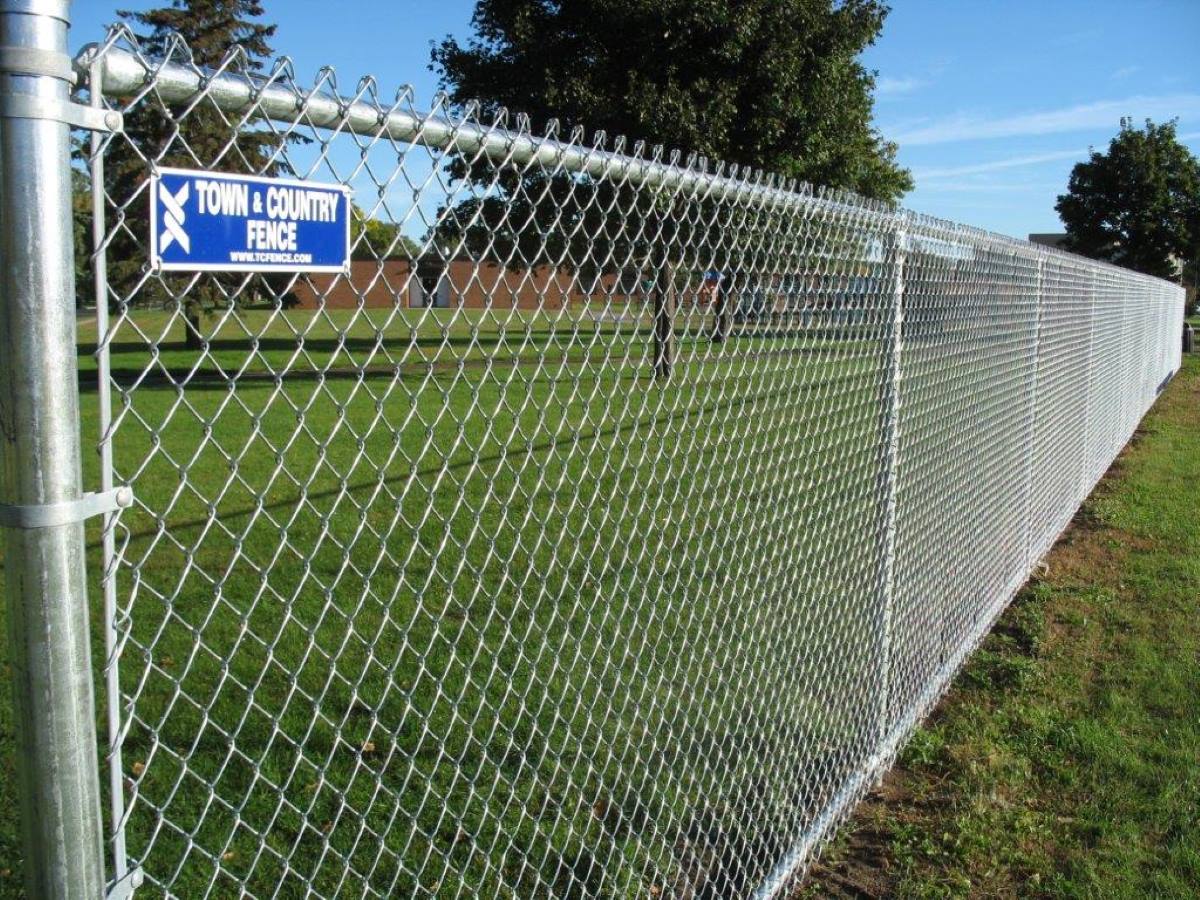

Articles
How Expensive Is Chain Link Fence
Modified: December 7, 2023
Discover the true cost of chain link fences with our helpful articles. Find out the factors that affect the price and make an informed decision for your next fencing project.
(Many of the links in this article redirect to a specific reviewed product. Your purchase of these products through affiliate links helps to generate commission for Storables.com, at no extra cost. Learn more)
Introduction
When it comes to securing your property, installing a fence is often the go-to option for homeowners and businesses alike. Chain link fences, in particular, are a popular choice due to their affordability, durability, and versatility. However, before embarking on the installation process, it’s crucial to understand the costs associated with chain link fences.
In this article, we will delve into the factors that influence the price of chain link fences, including material costs, labor costs, permits and regulations, as well as additional expenses. Additionally, we will provide some tips on how to save money without compromising on the quality of your fence.
By the end of this article, you will have a clear understanding of the expenses involved in installing a chain link fence, allowing you to make an informed decision based on your budget and specific needs.
Key Takeaways:
- Chain link fence costs are influenced by factors such as size, material quality, site conditions, access, and location. Understanding these factors helps in estimating expenses for a well-informed decision.
- To save money on chain link fence installation, consider shopping around for materials, exploring alternative options, doing some installation work yourself, opting for a simpler design, scheduling off-season installation, and maintaining the fence regularly. Balancing cost savings with quality is key.
Read more: How To Stretch A Chain Link Fence
Factors Influencing Chain Link Fence Costs
When determining the cost of a chain link fence, several factors come into play. Understanding these factors will help you estimate the overall expense of your project. Let’s take a closer look at the key elements that influence chain link fence costs:
- Size and height: The size and height of the fence directly impact the material and labor required. Naturally, a larger fence will require more materials and take longer to install, resulting in higher costs. Additionally, taller fences may require extra supports and reinforcement, further increasing the expenses.
- Material quality: The quality and gauge of the materials used also affect the cost. Chain link fences typically come in different thicknesses or gauges, with higher gauges being more affordable but less durable. Opting for a higher-quality material will increase the upfront cost but can save you money in the long run by reducing maintenance and replacement expenses.
- Site conditions: The condition of the site where the fence will be installed can impact the cost. If the terrain is uneven or rocky, additional work may be required to level the ground or remove obstacles, resulting in higher labor costs.
- Access to the site: If the site is hard to access or requires special equipment or permits, this can add to the overall cost. For example, if your property is located in a gated community or has limited access for large machinery, the contractor may need to allocate more time and resources to complete the installation.
- Location: The location of your property can also influence the cost of the chain link fence project. Factors such as local labor rates, building codes, and permit fees may vary from one area to another. It’s essential to research and factor in any regional differences that may impact the overall cost.
By considering these factors, you can have a better idea of the expenses involved in a chain link fence installation. However, it’s important to keep in mind that every project is unique, and prices can vary depending on various factors specific to your location and requirements.
Material Costs
One of the primary components of the overall cost of a chain link fence is the materials used. The material costs can vary depending on the quality, gauge, and length of the chain link fabric, as well as the type of posts, rails, and fittings required for installation. Here’s a breakdown of the key material expenses:
- Chain link fabric: The chain link fabric, which is the mesh-like material that forms the main body of the fence, is typically sold in rolls. The price of the fabric is determined by the length and gauge. Higher gauge fabrics tend to be less expensive but offer lower durability. On average, expect to pay around $8 to $12 per linear foot for standard chain link fabric.
- Posts and rails: Chain link fences require sturdy posts and rails to support the fabric. The size and material of these components can affect the cost. Galvanized steel posts and rails are commonly used due to their durability and affordability. The price of posts and rails is generally calculated per linear foot, with an average cost ranging between $5 to $10 per foot.
- Fittings and accessories: Various fittings and accessories are needed to connect the chain link fabric to the posts and rails, including tension bands, brace bands, post caps, and tension wires. These items are typically sold separately and should be factored into the overall material costs. Prices for fittings and accessories range from a few cents to a couple of dollars per item.
- Gates: If you require a gate in your chain link fence, you need to consider the cost of the gate and its hardware. Gate prices vary depending on size, design, and material. Additionally, gate hardware such as hinges and latches will add to the overall expense. On average, expect to spend between $200 to $500 for a standard-sized chain link gate.
It’s important to note that the material costs mentioned here are estimates and can vary based on factors such as location, supplier, and fluctuations in market prices. It’s always a good idea to obtain multiple quotes from different suppliers and compare the prices to ensure you are getting the best value for your money.
Labor Costs
In addition to material costs, labor expenses are a significant component of the overall cost of installing a chain link fence. Hiring professionals to handle the installation ensures that the fence is erected correctly and adheres to local building codes and regulations. Here are some factors that can influence labor costs:
- Installation complexity: The complexity of the installation can impact labor costs. Factors such as slope, uneven terrain, or the presence of obstacles can make the installation more challenging and time-consuming. In such cases, additional labor may be required, resulting in higher costs.
- Fence size and height: The size and height of the fence directly impact the labor required. Installing a larger fence or one that is taller may involve more workers and take longer to complete, increasing the labor costs.
- Preparation and cleanup: Before installing the fence, the installation crew will need to prepare the site by clearing the area, leveling the ground, and ensuring proper alignment. After the installation, they will also be responsible for cleaning up the debris and leaving the site in a tidy condition. The time and effort involved in these tasks can impact the labor costs.
- Contractor rates: Labor costs can also be influenced by the rates charged by the fencing contractor. Contractors may have different rates based on their experience, expertise, and the region where they operate. It’s essential to obtain multiple quotes from reputable contractors to ensure you are getting fair pricing.
The average labor cost for installing a chain link fence can range from $10 to $25 per linear foot. However, it’s crucial to note that prices can vary based on geographical location and market demand. Additionally, labor costs may increase if you require any customizations or additional services, such as gate installations or removal of existing fences.
It’s advisable to discuss the specifics of your project with potential contractors to obtain accurate cost estimates and ensure that all aspects of the installation are included in their pricing. This will help you budget accordingly and avoid any surprises when it comes to labor expenses.
When considering the cost of a chain link fence, factors such as the size of the area, the height of the fence, and the quality of materials will all impact the overall expense. Additionally, labor costs for installation should be factored in when budgeting for a chain link fence.
Permits and Regulations
Before installing a chain link fence, it’s important to consider the permits and regulations that may apply to your specific location. Municipalities and homeowners’ associations often have guidelines and requirements that must be followed when erecting a fence. Failure to comply with these regulations can result in fines, delays, and even the need to remove or modify the fence. Here are some key considerations:
- Local building codes: Each area has its own set of building codes that dictate the specifications for fences, including height restrictions, setback requirements, and materials allowed. It’s crucial to research and understand these codes before starting the installation to ensure compliance and avoid any potential issues.
- Permit requirements: Some municipalities require homeowners to obtain a permit before installing a fence. A permit is usually obtained from the local building or planning department and may involve submitting plans, paying fees, and scheduling inspections. The cost of the permit can vary depending on the location and the size or type of fence being installed.
- Homeowners’ association (HOA) guidelines: If you live in a neighborhood governed by a homeowners’ association, there may be additional rules and regulations regarding fence installation. These guidelines can include restrictions on fence heights, colors, or styles. It’s essential to review the HOA’s rules and obtain any necessary approvals before proceeding with the installation.
- Utility lines and easements: Before digging any post holes, it’s crucial to identify the location of underground utility lines or easements on your property. Contacting the local utilities or a professional locating service can help ensure that you avoid damaging any underground infrastructure during the installation process.
Failure to comply with permits and regulations can not only result in financial penalties but may also require costly modifications or even complete removal of the fence. It’s always best to check with your local authorities and homeowners’ association to ensure you are fully aware of the rules and requirements prior to beginning the installation.
By adhering to the necessary regulations and obtaining any required permits, you can protect yourself from potential legal issues and ensure the longevity and compliance of your chain link fence.
Read more: How To Cover A Chain Link Fence
Additional Costs
When budgeting for a chain link fence installation, it’s important to consider any additional expenses that may arise during the process. These costs can vary depending on various factors, including the specific requirements of your project and the condition of your property. Here are some potential additional costs to keep in mind:
- Site preparation: If your site requires any preparation work such as clearing vegetation, removing old fences, or leveling the ground, there may be additional costs involved. The extent of the required preparation will depend on the existing condition of your property and can impact your overall budget.
- Accessories and upgrades: While the basic components of a chain link fence are typically included in the material costs, there may be additional accessories or upgrades you desire. This could include privacy slats, windscreen fabric, or decorative post caps. These extras can add to the overall expense of the project.
- Landscaping restoration: After the installation is complete, you may need to restore or enhance the landscaping around the fence. This could involve re-seeding the lawn, planting shrubs or flowers, or adding mulch or gravel. The cost of landscaping restoration will vary depending on the size of the area and the specific requirements.
- Maintenance and repairs: Over time, your chain link fence may require maintenance and repairs to keep it in optimal condition. This can include replacing damaged sections of the fabric, re-tensioning the fence, or repainting or re-coating the metal components. It’s important to budget for these ongoing maintenance expenses to ensure the longevity and aesthetics of your fence.
It’s also worth noting that prices for these additional costs can vary depending on factors such as location, contractor rates, and market prices. Therefore, it’s crucial to factor in these potential expenses when determining the overall budget for your chain link fence installation.
By considering these additional costs from the outset, you can ensure that you have a comprehensive budget in place and avoid any financial surprises along the way.
Ways to Save Money
Installing a chain link fence doesn’t have to break the bank. There are several ways you can save money without compromising on the quality or functionality of your fence. Here are some cost-saving tips to consider:
- Shop around for materials: Take the time to get multiple quotes from different suppliers for the required materials. Compare prices and quality to find the best deal without compromising on the durability of the materials.
- Consider alternative options: While chain link fences are generally more affordable, there may be other fencing options that could meet your needs at a lower cost. Explore different materials and designs to see if there are any alternatives that would still provide the security and aesthetic appeal you desire.
- Do some of the work yourself: If you have the necessary skills and tools, consider tackling some of the installation tasks yourself. This can help save on labor costs. However, it’s important to be realistic about your abilities and ensure that you can safely and accurately complete the work.
- Opt for a simpler design: Intricate designs or customizations can add to the overall cost. Choose a simpler design without unnecessary embellishments or features, which can help reduce both material and labor expenses.
- Install the fence during the off-season: Contractors may offer lower pricing during their off-season or slower times of the year. If possible, schedule the installation during these periods to take advantage of potential cost savings.
- Consider used materials: Check local classified ads, salvage yards, or online marketplaces for used chain link fencing materials. Gently used materials that are still in good condition can significantly reduce costs while maintaining the integrity of your fence.
- Maintain the fence regularly: Regular maintenance can help prolong the life of your chain link fence and prevent costly repairs down the line. Simple tasks such as cleaning debris, re-tensioning the fabric, and inspecting for any damage can help avoid costly replacements.
While it’s important to save money, it’s equally crucial to prioritize the quality and longevity of your chain link fence. Cutting corners and settling for low-quality materials or improper installation can lead to higher costs in the long run. It’s wise to strike a balance between cost savings and investing in a fence that will serve its purpose effectively over the years.
By implementing these tips, you can make the most of your budget and create a cost-effective chain link fence that meets your needs without compromising on quality.
Conclusion
Installing a chain link fence is an investment that can enhance the security, privacy, and aesthetic appeal of your property. By understanding the factors that influence the cost of a chain link fence, you can better budget for your project and make informed decisions along the way.
Factors such as the size and height of the fence, material quality, site conditions, access to the site, and location all play a role in determining the overall cost. Material costs, including chain link fabric, posts, rails, fittings, and gates, should be carefully considered, along with labor costs for professional installation.
It’s essential to account for additional expenses such as permits, landscaping restoration, and ongoing maintenance and repairs. By being aware of these potential costs, you can avoid financial surprises and ensure a smooth and successful installation process.
However, there are ways to save money without compromising on the quality of your chain link fence. Shopping around for materials, considering alternative options, doing some of the work yourself, opting for a simpler design, scheduling the installation during off-seasons, and maintaining the fence regularly are all cost-saving strategies to explore.
Ultimately, finding the right balance between cost savings and the quality of your fence is essential. It’s crucial to prioritize durability, functionality, and compliance with local regulations. By doing so, you can enjoy the benefits of a long-lasting and cost-effective chain link fence for years to come.
Remember to thoroughly research and plan your project, obtain multiple quotes from reputable contractors, and be mindful of any permits and regulations that may apply to your location. With careful consideration and proper budgeting, you can successfully install a chain link fence that meets your needs while staying within your budget.
Frequently Asked Questions about How Expensive Is Chain Link Fence
Was this page helpful?
At Storables.com, we guarantee accurate and reliable information. Our content, validated by Expert Board Contributors, is crafted following stringent Editorial Policies. We're committed to providing you with well-researched, expert-backed insights for all your informational needs.

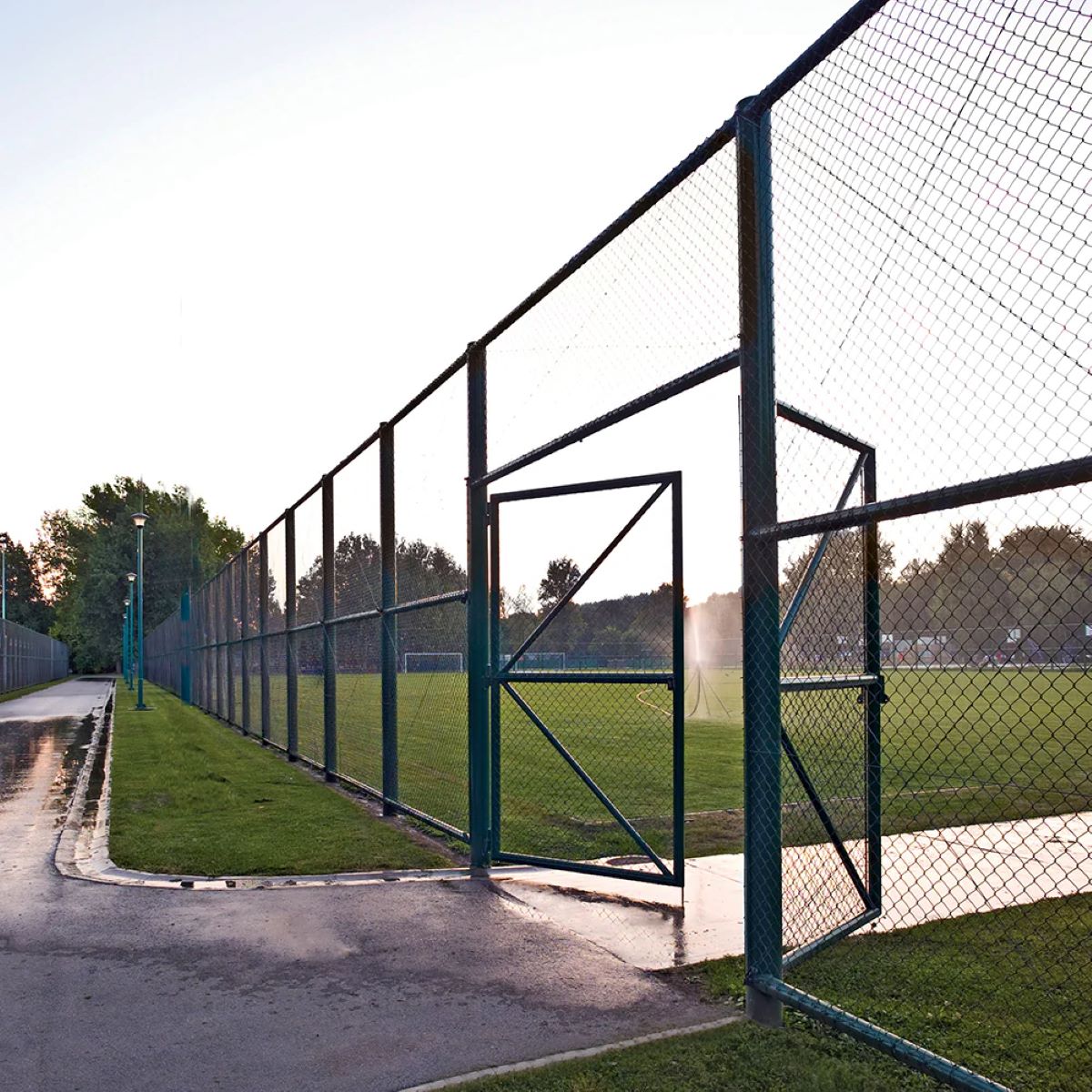
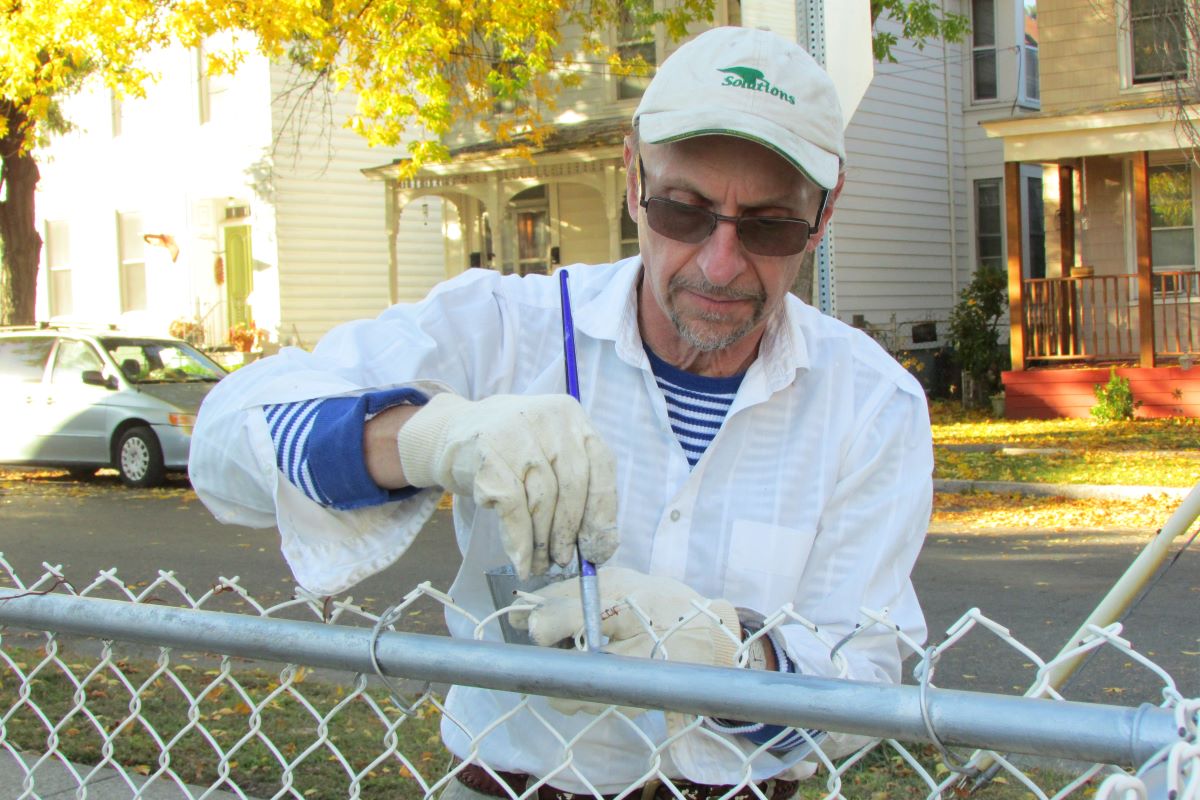
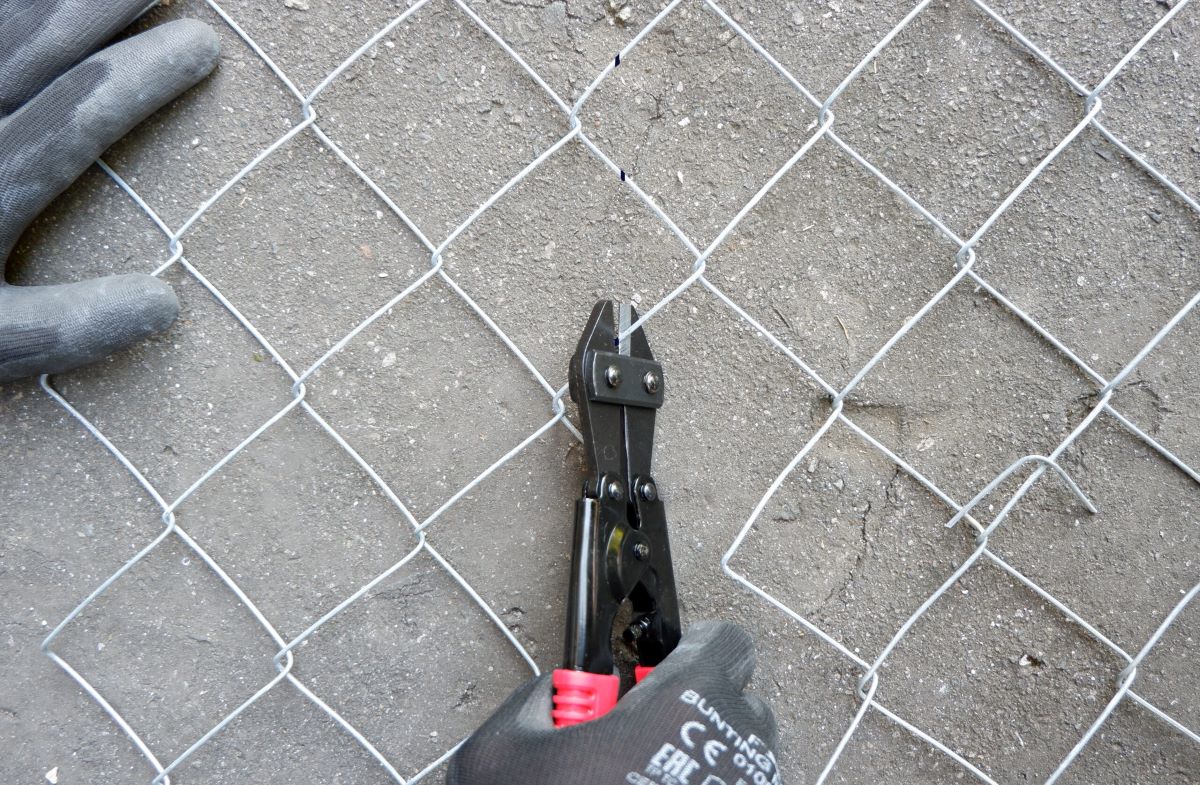
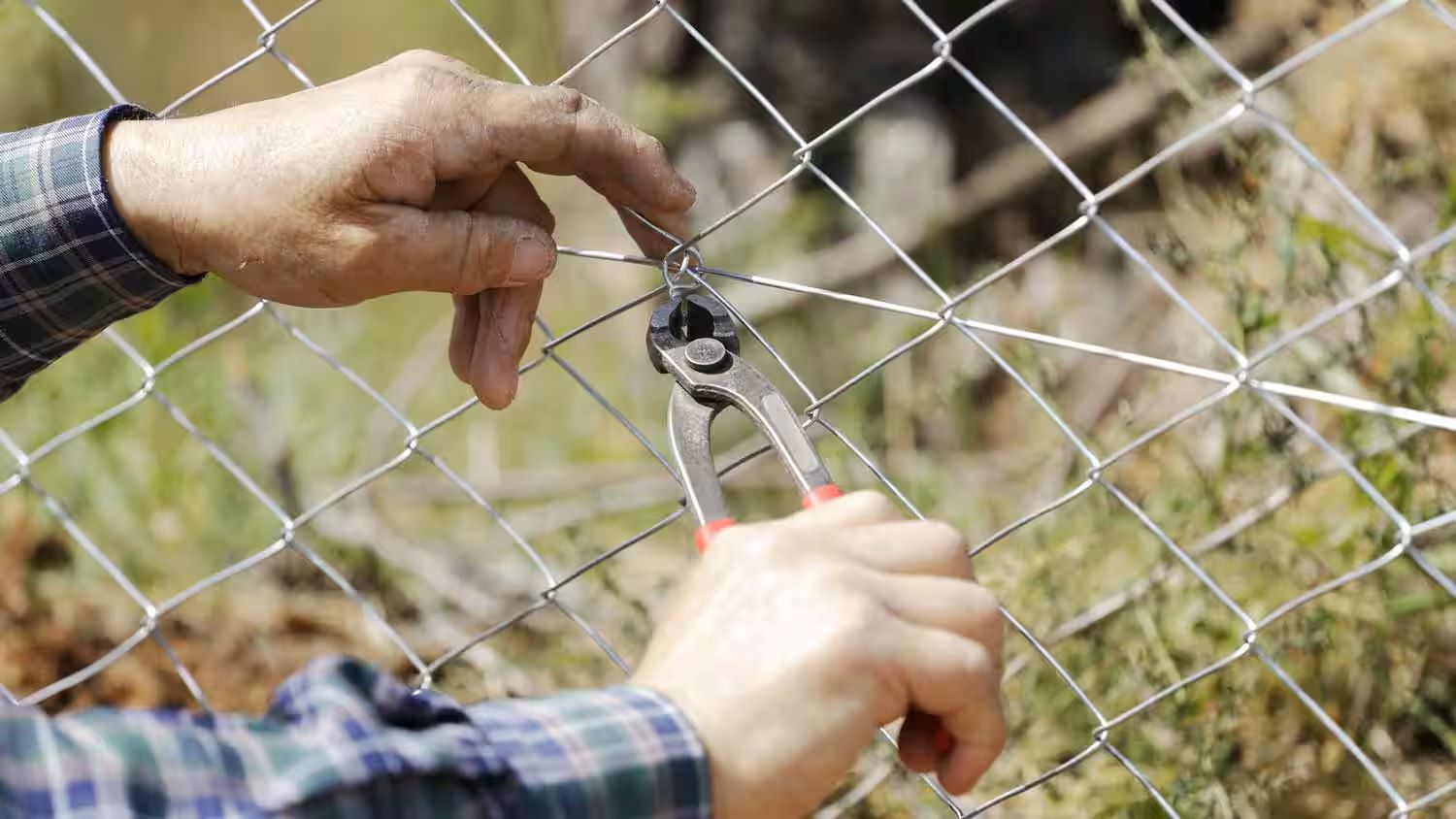
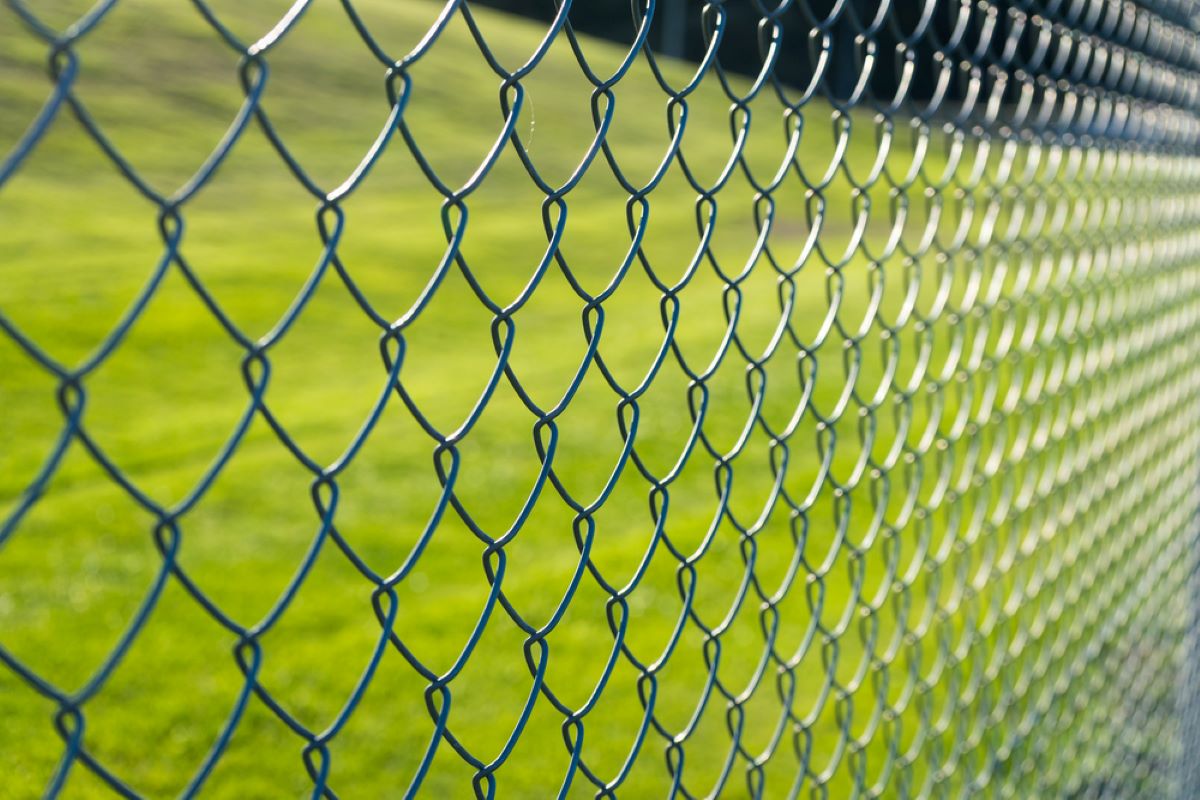
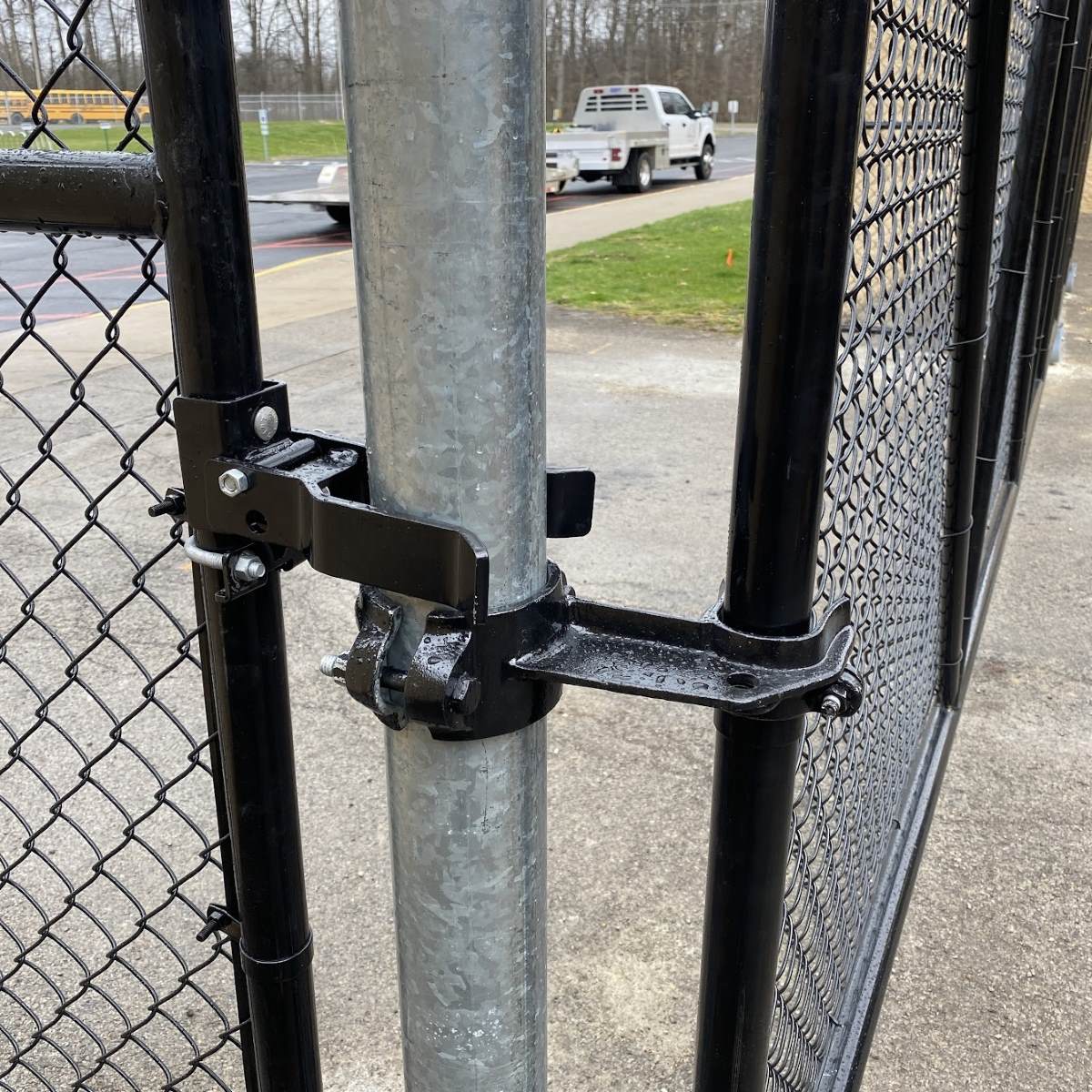
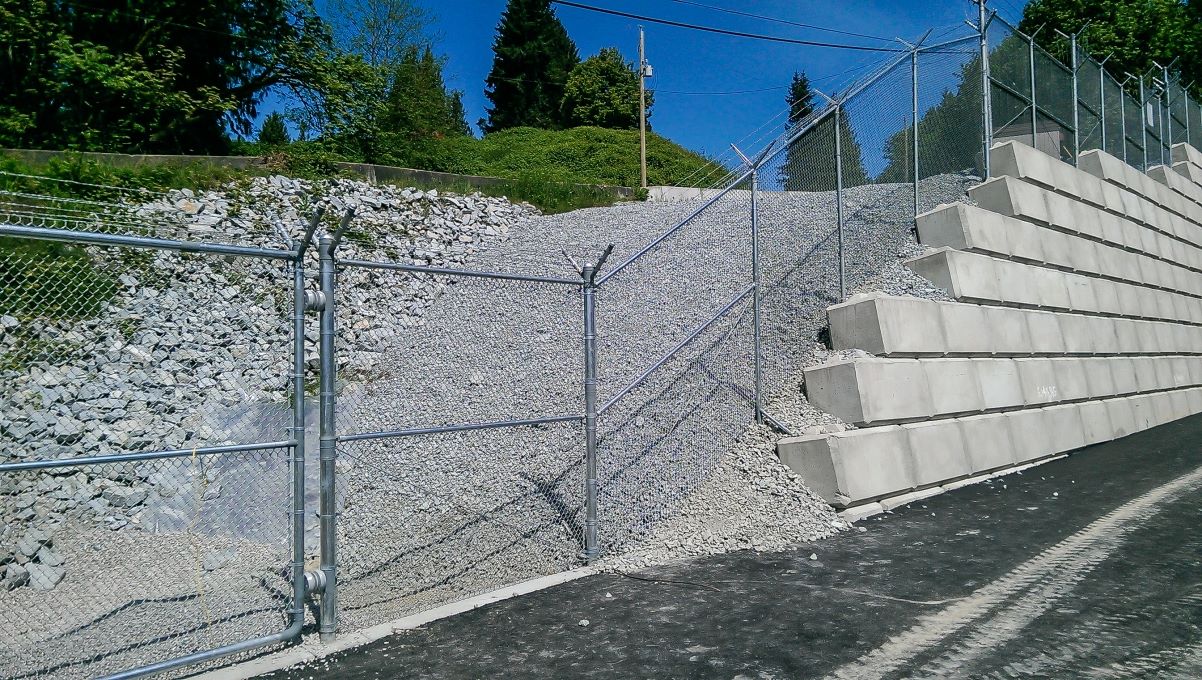
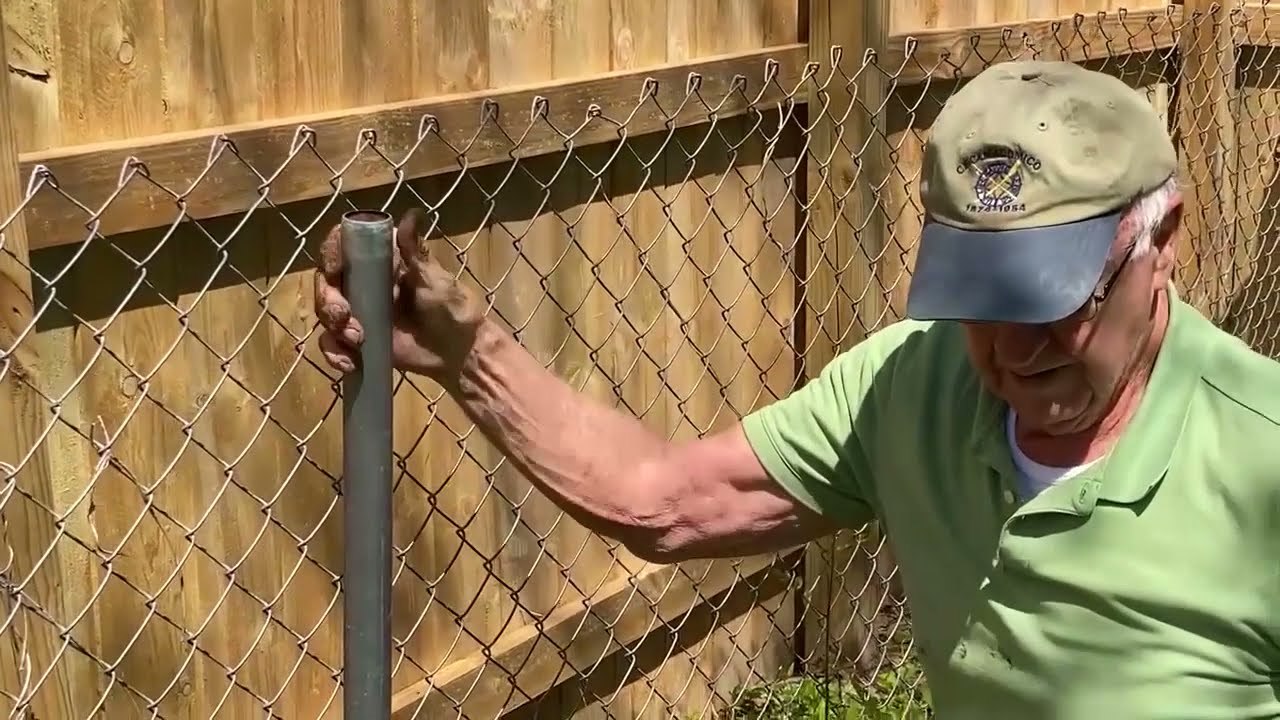
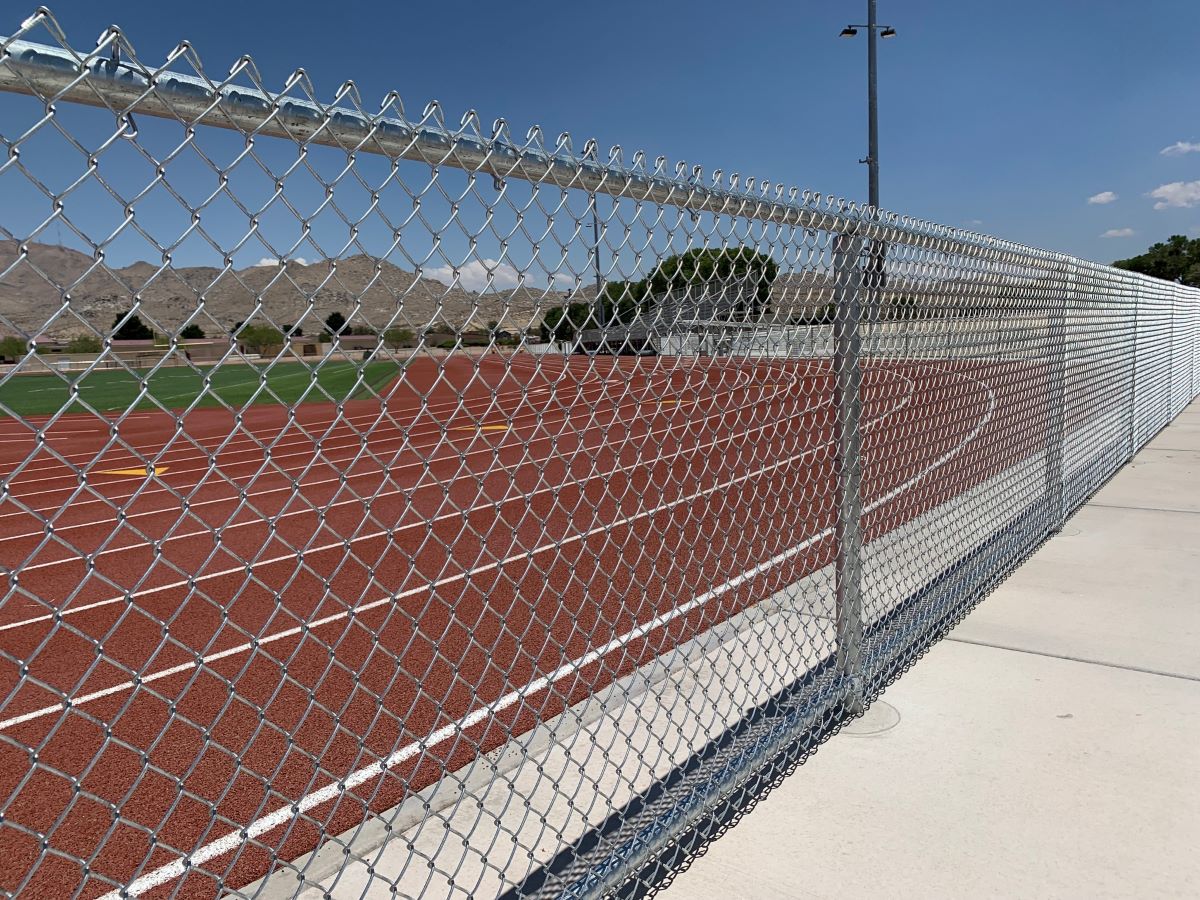
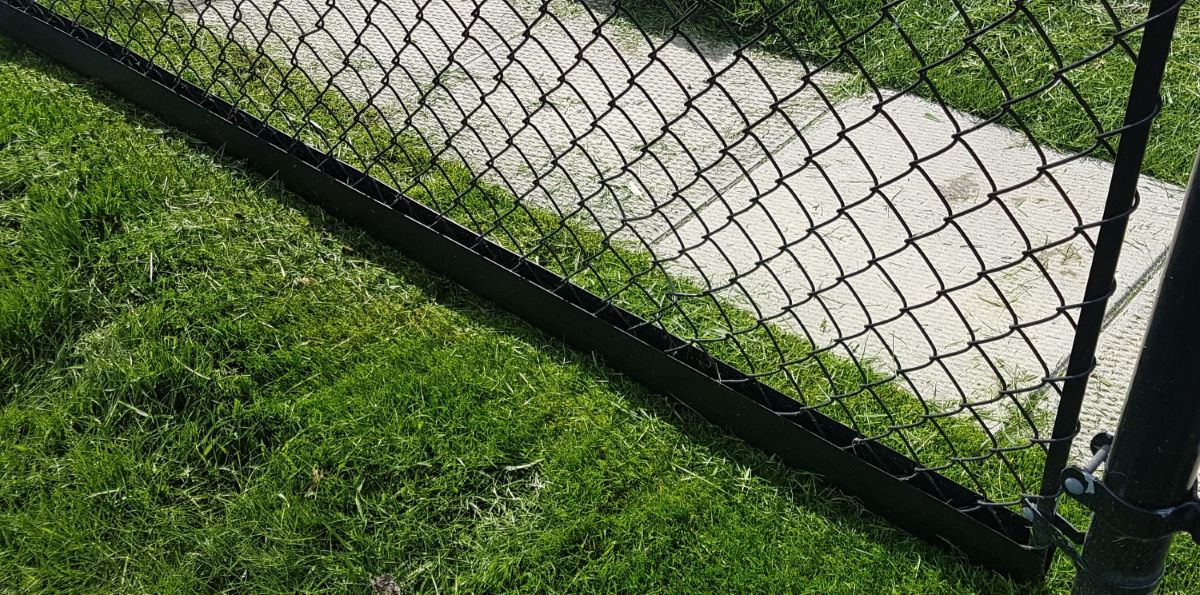
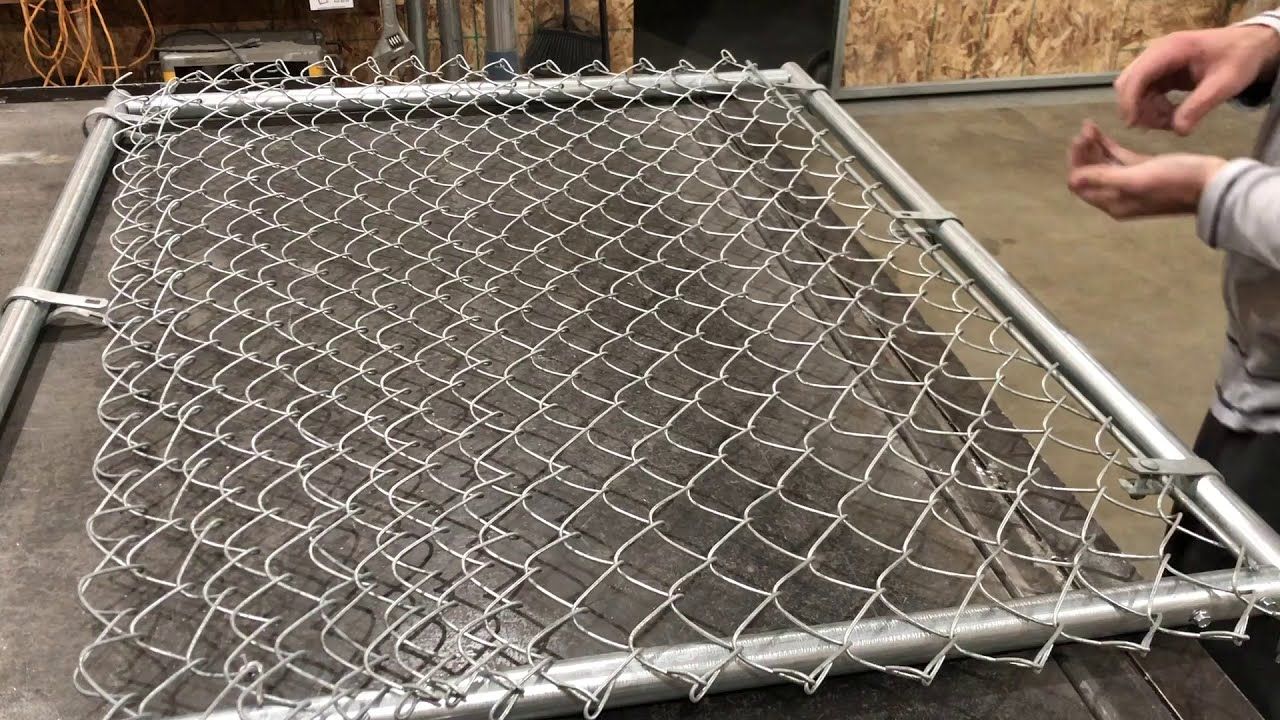
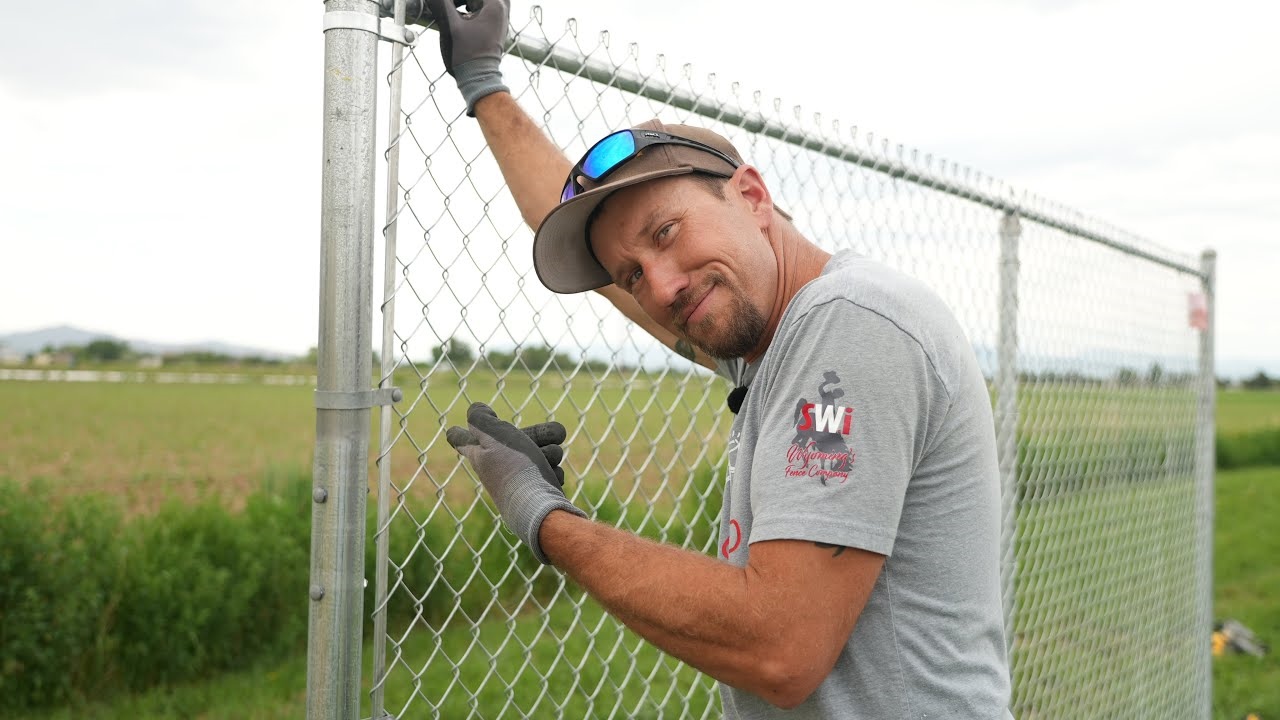
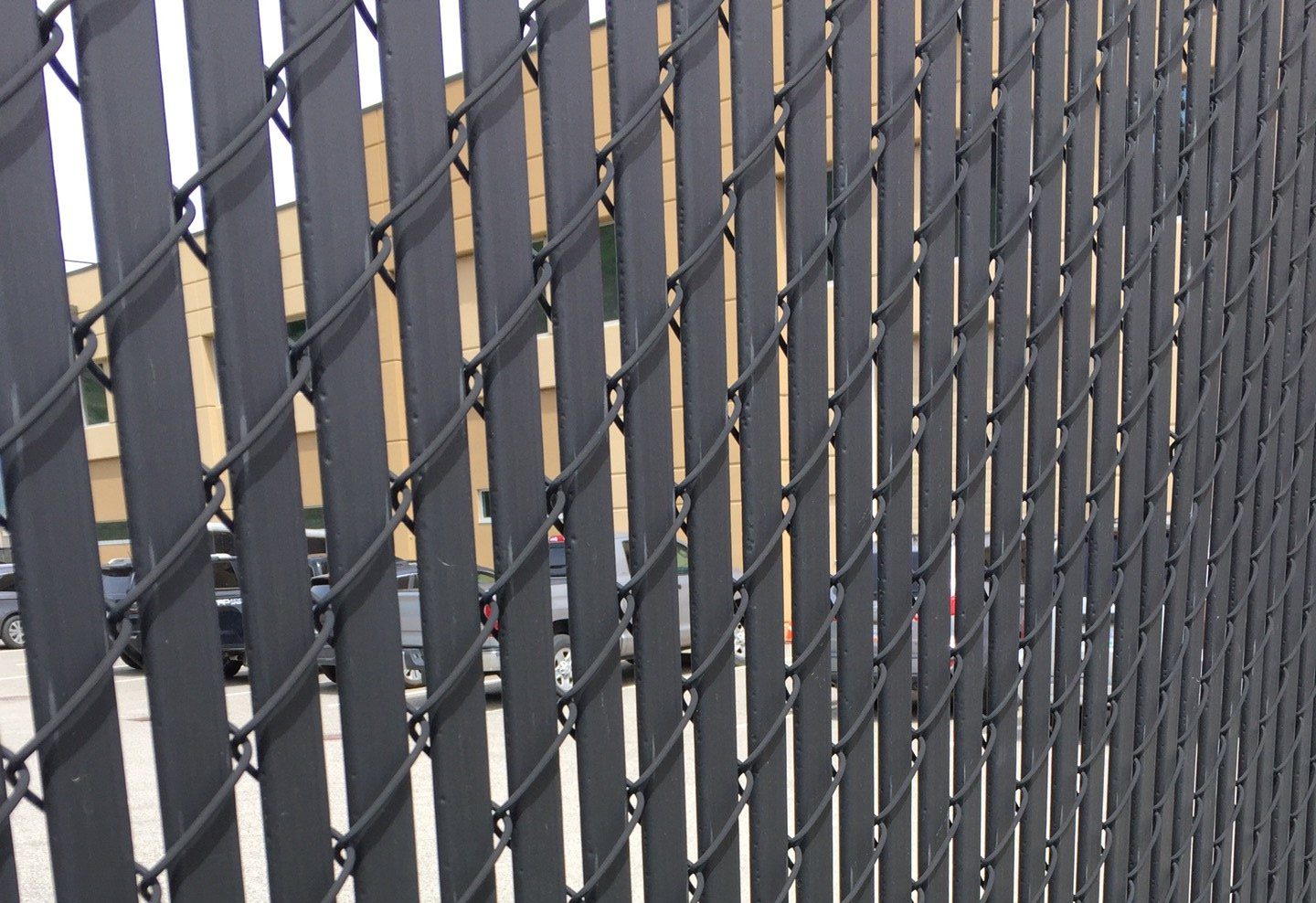

0 thoughts on “How Expensive Is Chain Link Fence”